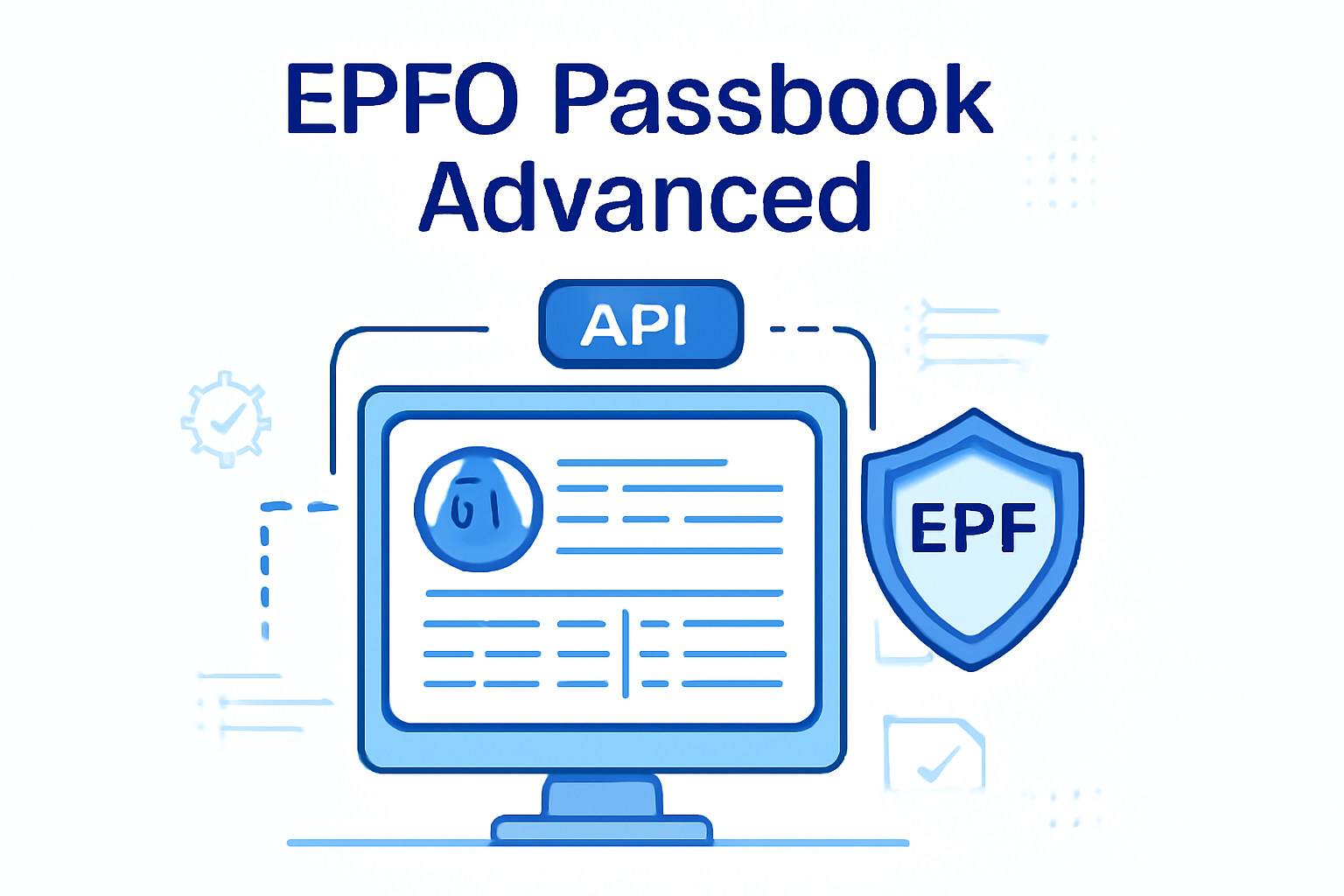Feel free to reach techsupport@surepass.io for any technical support or guidance.
EPFO Passbook Advanced

EPFO Passbook Advanced API Category
Overview
Category Details
Child Categories: None
APIs in this category: EPFO Passbook Init, EPFO Passbook Status
Key Capabilities
Main Functionality
This category enables secure retrieval of EPFO passbook data through a two-step process: initialization of the data retrieval request and subsequent status checking until the data is ready for consumption. The APIs handle authentication, data extraction, and formatting, delivering standardized EPFO contribution records that can be easily integrated into various applications.Secure Authentication
Provides secure authentication mechanisms to ensure that only authorized users can access sensitive EPFO passbook data, maintaining compliance with privacy regulations and EPFO security protocols.
Asynchronous Data Retrieval
Implements an efficient asynchronous process for retrieving EPFO data, allowing applications to initiate requests and check status until completion without blocking user interactions.
Standardized Data Formatting
Delivers EPFO passbook data in a consistent, well-structured format that includes contribution details, employer information, and transaction history, making integration straightforward for developers.
Common Use Cases
Financial Services
Human Resources
Government & Public Sector
Integration Considerations
Best Practices
Important Limitations